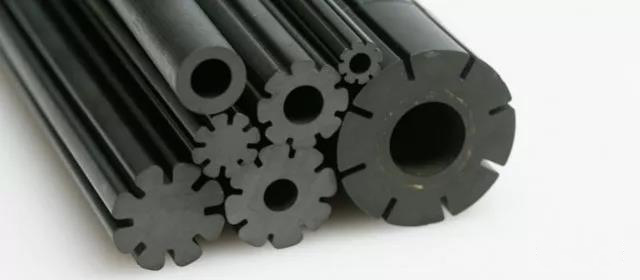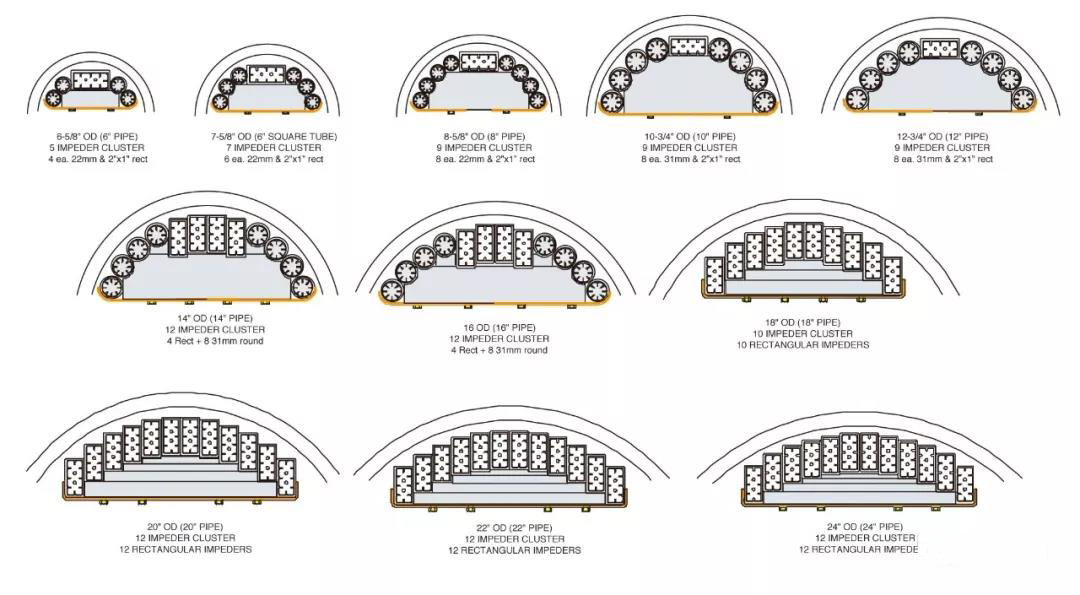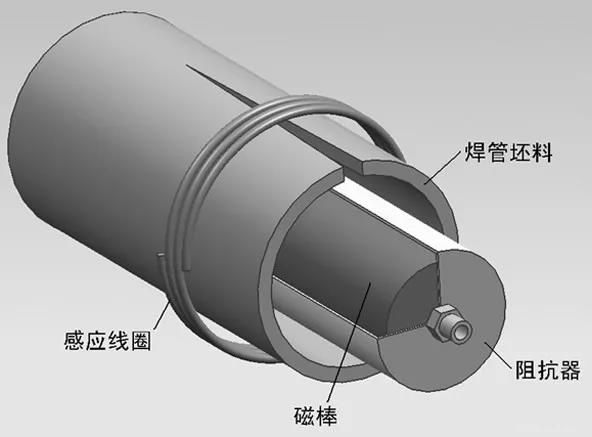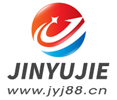How to place the impedance in the high frequency welded pipe equipment?
- Sort:Information
- Auth:
- Source:
- Release time:2022-08-23 11:30
- Pvs:
【概要描述】When describing the placement plan of the resistor in the high frequency welded pipe equipment, two positioning standards are used, one is based on the contour of the resistor, and the other is based on the magnetic rod contour inside the resistor.
How to place the impedance in the high frequency welded pipe equipment?
【概要描述】When describing the placement plan of the resistor in the high frequency welded pipe equipment, two positioning standards are used, one is based on the contour of the resistor, and the other is based on the magnetic rod contour inside the resistor.
- Sort:Information
- Auth:
- Source:
- Release time:2022-08-23 11:30
- Pvs:
When describing the placement plan of the resistor in the high frequency welded pipe equipment, two positioning standards are used, one is based on the contour of the resistor, and the other is based on the magnetic rod contour inside the resistor. There are certain differences between the two benchmarks.
In the induction welding process of high frequency welded pipe equipment, the induced current of the welded pipe blank is mainly distributed near the inner and outer perimeter edges of the fusion surface of the pipe blank. The current density in other areas of the billet is lower.

A large number of experiments have shown that under the precondition of placing a magnetic rod (impedance), the current density is higher in the interval from the middle line of the squeeze roller to the front end of the induction coil; in the induction coil area, the current density decreases rapidly, behind the induction coil At the end position, the current density is reduced to 3% of the highest value. After removing the magnetic rod (resistor) in the tube blank, the current density on the side of the tube blank is greatly reduced, and the average current density in front of the induction coil is reduced by about 47%.
Placing a magnetic rod in the tube blank can make the induced current in the tube blank concentrate on the fusion surface, increase the current density on the edge of the tube blank on the fusion surface, and thereby improve the induction welding efficiency and save the power of high frequency welded pipe equipment. If the magnetic bar is not used or the magnetic bar fails, higher output power of the second-hand high frequency welded pipe equipment must be consumed to maintain manufacturing.
It should be noted that if the magnet bar is packaged inside the resistor, there should be a certain distance between the front end of the resistor and the front end of the magnet bar. Some references take the front of the resistor as the placement standard, and align the front end of the resistor with the center of the squeeze roller line, so that the front of the magnet bar may be located behind the squeeze roller line, which will reduce the efficiency of welding. The magnetic rod in the impedance device is the key part that affects the distribution of induced electricity. When placing the impedance device, the contour of the magnetic rod should be the standard.

Practical experience believes that the length of the magnetic rod should be 3.5 times the width of the induction coil, but this kind of insight is less versatile. When clarifying the length of the magnet bar, it should be based on the distribution of the induced current in the radial direction of the welded pipe. In the induction welding process of high frequency welded pipe equipment, the amount of induced current is mainly distributed from the centerline of the squeeze roller to the rear end of the induction solenoid coil. Aligning the front of the magnet bar with the two ends of the axis of the extrusion forming roller, and overlapping the development of the back end of the magnet bar and the back end of the induction coil, can make most of the induced current in the tube blank be concentrated on the fusion surface of the welded pipe by the effect of the magnet bar . The minimum length of the magnet bar can be determined based on the front and rear development parts of the induction electromagnetic coil.
Specific description of the placement of impedance devices in high frequency welded pipe equipment:
When placing the impedance device, the contour of the magnetic rod inside the impedance device should be used as the placement standard. In the axial direction of the welded pipe, the front of the magnetic bar must be aligned with both ends of the center line of the squeeze roller. If the front end of the magnetic bar is located behind the center line of the squeeze roller, the high efficiency of induction welding will be reduced. The length of the magnet bar should not be less than the distance between the center line of the squeeze roller and the rear end of the induction solenoid coil.

In the vertical direction of the cross section of the welded pipe, the resistance of the resistance close to the fusion surface of the welded pipe can improve the high efficiency of induction welding. The cross-sectional area of the magnetic rod inside the impedance is more than 50% of the inner wall section of the welded pipe to meet the manufacturing regulations. Optimizing the magnetic rod group into a hollow structure has less impact on the efficiency of induction welding.
Part of the content of this site comes from the Internet. This site only provides information storage. The copyright belongs to the original author. It does not bear the relevant legal responsibility and does not represent the views and positions of this site. Please contact and delete it if there is any infringement.
More News

Time of issue : 2023-10-31

Time of issue : 2023-10-28

Time of issue : 2023-10-25

Time of issue : 2023-10-22
Wechat: 13392281699
Email: zty@usedpipemill.com
Company address:No. A99, East Lecong Avenue, Lecong Town, Foshan City, Guangdong Province
Recommendation
Online Inquiry
LINK
Contact Us
Tel (wechat): 13336487288
Wechat:+86 13336487288
WhatsApp:+86 13336487288
Email: zty@usedpipemill.com
Address: No. A99, Lecong Avenue East, Lecong Town, Foshan City, Guangdong Province










